A dangerous new phase of Kashmir conflict
Students in Muslim-dominated valley are aware that freedom from Indian rule is the only way to get their pride back
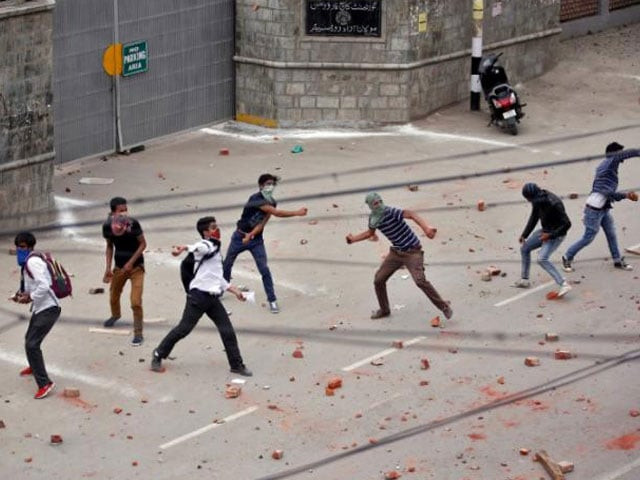
Demonstrators throw stones towards the Indian police during a protest in Srinagar, May 9, 2017. PHOTO: REUTERS
When colleges and higher secondary schools reopened after a week on April 24 following student protests in Kashmir, Indian authorities expected only classes. However, to their surprise, students staged fresh demonstrations, which led to intense clashes with police and security forces.
India uses excessive repression in occupied Kashmir, reports Amnesty
Hundreds of Sri Pratap College student protesters Srinagar shouting “We want freedom” and “Go India, go back” clashed with the Indian forces. Their protests turned violent when the students of the Women’s College MA Road and the SP Higher Secondary School also joined them. Shopkeepers closed their shops as the police and the Indian forces fired live rounds, tear gas and used water cannons to disperse the angry students but they did not stop and the clashes continued.
By the end of the day, over six students and over a dozen policemen, including SSP Srinagar Imtiyaz Ismail, were injured. Another six students were arrested.
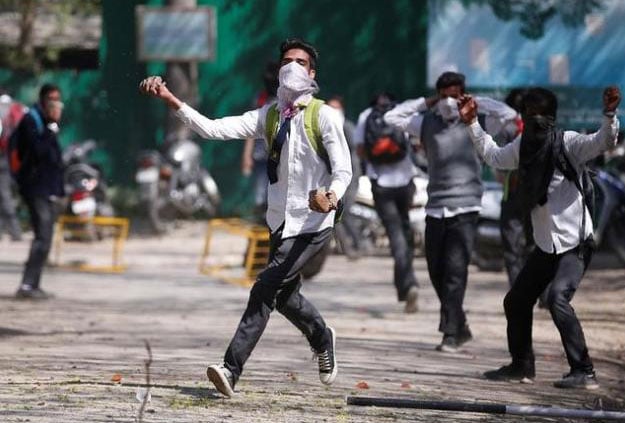 Clashes erupt in Srinagar, Kashmir as hundreds of college students took to the streets to protest a police raid on their school in the southern Pulwama town. PHOTO: Reuters
Clashes erupt in Srinagar, Kashmir as hundreds of college students took to the streets to protest a police raid on their school in the southern Pulwama town. PHOTO: ReutersThey were protesting against the use of force on the students of the Degree College Pulwama in South Kashmir on April 15 when police and the Central Reserve Police Force (CRPF) entered the college premises to arrest two students allegedly involved in stone-pelting cases.
Following the events, the authorities removed the Pulwama College principal while the Divisional Commissioner Kashmir Baseer Khan ordered the closing of classes at universities and colleges for a week.
The April 15 events have two versions: According to the Indian police, they had only set up a checkpoint outside the college. But students claim that police had entered the college to arrest the boys who they claimed were involved in stone-throwing incidents.
The Kashmir News Service quoted a former college principal, Abdul Hamid Sheikh, as saying that he stood in front of the police jeeps, “pleading them with hands folded not to enter the college premises.”
 Kashmiri college students shout pro-freedom slogans during a protest inside a college in central Srinagar's Lal Chowk on April 17, 2017. PHOTO: AFP
Kashmiri college students shout pro-freedom slogans during a protest inside a college in central Srinagar's Lal Chowk on April 17, 2017. PHOTO: AFP“I told them that some 5,000 students are in the college and the situation could go bad, but they did not listen to me. When the angry students chanted slogans against them, they fired teargas shells to disperse them," the local news agency quoted Sheikh as saying.
The social media was swarming with videos the next day showing visuals of hundreds of students confronting Indian soldiers using force and physical abuse.
At least 50 college students were wounded by Indian officers who fired pellets and tear gas. Several others were taken to the district hospital in Pulwama as many suffered pellet injuries to their eyes. When their images emerged on the social media, the Kashmir University Student Union (KUSU) called for peaceful protests on April 17.
Video of Kashmiri youth tied to Indian forces army jeep goes viral
“Violence against Kashmiri students not only violated the sovereignty of academic institutions, it also humiliated the youth of the valley, as part of the Indian oppression of yet another generation of Kashmiris,” said KUSU in a statement when it announced its peaceful protest across Kashmir.
This was not the first time students were abused in Indian-held Kashmir. In the summer of 2015, when Muzammil Farooq, a Kashmir student, was arrested by Indian police on militancy charges, protests had rocked the campus for days. The Indian police had opened straight fire at them when students protested outside the vice-chancellor's office, demanding the university administration to pressure the Indian police and have Muzammil released.
 Indian policemen detain a Kashmiri student during a protest in Srinagar April 24, 2017. PHOTO: Reuters
Indian policemen detain a Kashmiri student during a protest in Srinagar April 24, 2017. PHOTO: Reuters“We read and watched videos about what happened in the Pulwama College on April 15 and so we protested in solidarity with them. But we were in our uniforms and did not carry any stones. Out of nowhere, police started firing teargas shells,” said Zuhaib, who refused to give his second name, while explaining the April 24 events.
Within minutes, the protest turned strong and was pushed outside the campus. Adjacent to the SP College is a women's college where another protest was under way and female students became an easy target for Indian aggression.
Baffled after the attack, they ran in every direction for cover, some managing to take refuge at the college. However, the Indian Police also lobbed teargas shells inside the college, suffocating the students.
“While we were protesting, we heard the police had barged inside the SP College. We also came out on the road and protested. Shortly, there was only chaos,” said Aroosa, a student from Women’s College MA Road Srinagar.
The stolen childhoods of Indian-occupied Kashmir in pencil and crayon
I saw my friends, Aroosa continued, and few other girls falling unconscious as police fired tear gas shells.
Images of angry Kashmiri students confronting Indian police on campuses is a dangerous new phase of the conflict.
The April protests took other cities in its fold and engulfed SP Higher Secondary School in Lal Chowk and Kashmir University’s main campus in Hazratbal.
 An Indian policeman throws a tear-gas canister during a protest in Srinagar April 17, 2017. PHOTO: Reuters
An Indian policeman throws a tear-gas canister during a protest in Srinagar April 17, 2017. PHOTO: ReutersStudents had to face Indian aggression at the Degree College Kulgam and Degree College Baramulla and the Higher Secondary school Handwara.
“When the Indian police entered the college [Degree College Baramulla] on jeeps, everyone took shelter inside the classrooms. When I was through the window, I saw the jeeps roaming near the canteen. They were beating anyone in plain clothes,” said Asif Ahmad, a third-year arts student.
According to a KUSU member, the recent student protests have redefined the battle lines since students now know that their protests on various fronts can change the dynamics of the Kashmir politics. Students have become politically more conscious without any fear. It is a sign of political awakening among Kashmiri students in the disputed valley.
“The greatest feature of being educated is to be conscious about your political, social, cultural and above all your human rights. It is heartening to see the streaks of this feature in Kashmiri students when tens of thousands of them, unanimously and consensually, across Kashmir staged peaceful protests,” said a novelist and educationist Shahnaz Bashir who teaches at the Central University in Srinagar.
A lifetime of suffering for Kashmiris with dwarfism
“We will cease to be called teachers of such conscious students if we fail to stand in solidarity with them,” Bashir added.
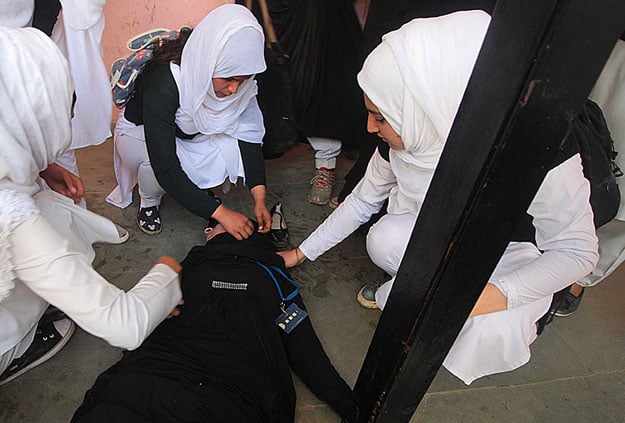 A student lies unconscious after inhaling chilli and tear smoke used by Indian police inside her college in Srinagar. PHOTO COURTESY: Al Jazeera
A student lies unconscious after inhaling chilli and tear smoke used by Indian police inside her college in Srinagar. PHOTO COURTESY: Al JazeeraThe recent student protests are unique unlike the protests in the 90s. Today, students protest for their rights and their freedom without backing. But for Indian authorities in the Himalayan region, the stone-pelting Kashmiri youth are ‘misguided’ or ‘miscreants’.
“Last year they [the Indian authorities] blamed separatist groups for ruining academic years of students through protest calls, but this year, when they saw that students are united on their own for freedom, they are keeping mum,” said Dr Sheikh Showkat, the head of the Law Department at the Central University of Kashmir.
What freedom means to Kashmiri students?
When Burhan Muzaffar Wani, a popular freedom fighter, was killed by the Indian forces in July 2016, Kashmiris saw the worst of Indian aggression. Violence was spread on the streets. While children stayed indoors for months, the Indian forces fired metal pellets from shotguns fire into protesting crowds, leaving several Kashmiri youths blinded.
For Education Minister Altaf Bukhari, miscreants from unknown ranks entered the premises of Kashmir universities and colleges last month this year and created chaos. But the powerful images of student protests in Kashmir tell a different story. Teenage girls took to the streets for the first time in years along with other Kashmiri students because they know that freedom from Indian rule is the only way to get their pride back, get their Kashmir back.
Muhammad Haziq and Mohammad Inzamam are freelance journalists based in Indian-held Kashmir.

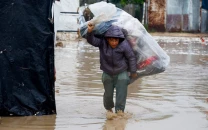

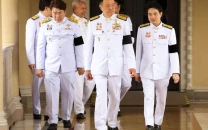
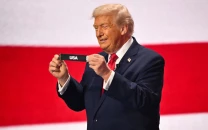
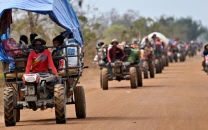
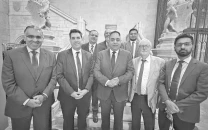












COMMENTS
Comments are moderated and generally will be posted if they are on-topic and not abusive.
For more information, please see our Comments FAQ